Some battles are fought over land, some over bruised egos, and some, in the case of Tokaj, over wine. No wonder: centuries ago, tokaji wine, or Tokay, was the thing to drink, winning the dedication of monarchs, writers, and composers – fans included Emperor Franz Josef, Voltaire and Beethoven. France’s Louis XIV famously declared that tokaji aszú, the one that comes to mind when mentioning Tokaji, was the “wine of kings, king of wines.”
If you’re familiar with the sweet, golden-hued wine, you might know of its Hungarian growing region, which has overshadowed its Slovakian counterpart for years. The former Tokaj-Hegylja region is one of the world’s most popular wine areas with beginnings in Roman times. In the 18th century, it reached its peak and inspired many copycats across the world. In 1920, however, the region was split between northeastern Hungary and southeastern Slovakia after the Treaty of Trianon (for non-history buffs, this formally ended World War I between the majority of the Allies and the Kingdom of Hungary).
Obviously, drama ensued. Slovakia was granted a 565-hectare area for Tokaj, compared to Hungary’s about 5,400, but the once-prized vino soon faced a new threat: Communism. During the Communist regime in the 20th century, focus in both Tokaj regions shifted from quality to quantity. In what was formerly Communist Czechoslovakia, now Slovakia, the right to trademark wine as Tokay was sacrificed in order to export beer to Hungary. Thankfully, that deal has since dissolved but the country fell behind its Tokaj neighbor, which received foreign investments and the ensuing prestige. Slovak Tokaj, however, did not.
Slovakia pushed back and now can use the Tokaj name as long as it applies to certain standards (after much controversy and plagiarism, only approved countries can use the title) and, in 2009, increased its total growing area to 908 hectares. Though Slovak Tokaj is one of the smallest wine regions worldwide, it’s considered an “undiscovered jewel” among wine enthusiasts, dotted with small vineyards and free of tourists found in popular French and Italian wine destinations.
Why exactly has this wine been the center of so much adoration and strife? For one, it’s just flat-out delicious (it also generally has an alcohol content of 14%, so more bang for your buck). Cheaper than its Hungarian counterpart, Slovak Tokaji Aszú is made from a combination of the only three grapes permissible to grow in the region’s volcanic soil: Furmint, Lipovina and Yellow Muscat.
To get the aszú, which is what most people mean when they talk about Tokaji wine and was believed by historical giants, the grapes are left on the vine in long, humid summers until they develop noble rot. The botrytised grapes, now shriveled, blanketed by a fuzzy, grey mold, and brimming with sugar, are picked and trampled into a paste. Must is added for up to 36 hours and the wine is then aged in oak barrels for around three years in cellars lined with dark mold. The Cladosporium cellar mold creates a unique climate for the wines, absorbing the alcohol fumes and regulating humidity, and only grows naturally in this wine region.
The finished product is a sweet, golden puttonyo wine, or wine marked by a number between 3 and 6 (the higher the number, the sweeter the wine. The puttony number indicates the amount of sugar and sugar extract in the finished wine.) Devotees claim it’s the antidote to a bevy of problems: cancer, fever, indigestion, and cardiovascular or rheumatic diseases. Whether or not that’s true, you can count on it for a delectable wine unlike anything you’ve ever tasted.
If you don’t like your drinks as sweet, Slovakian winemakers are developing a reputation for their drier wines, although limited space and lack of resources means that the top-tier bottles available are going to be few and far between. As the spotlight returns to the central European country, the wars raged over its wine may move from geographic disputes to wine aficionados struggling to get their hands on a case.

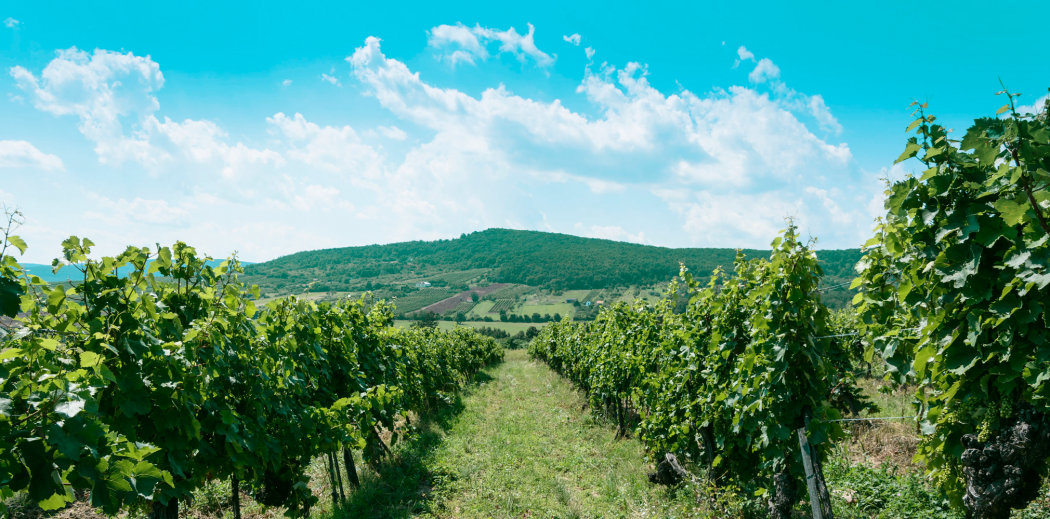
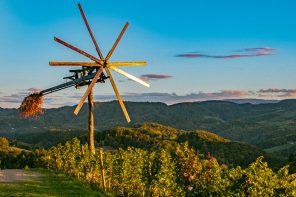

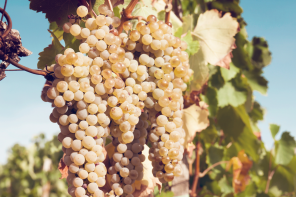
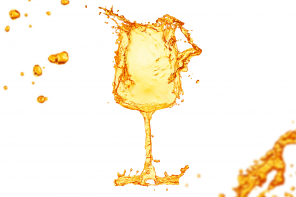
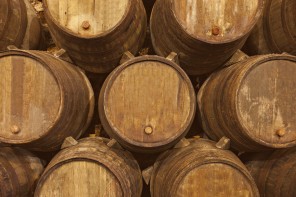
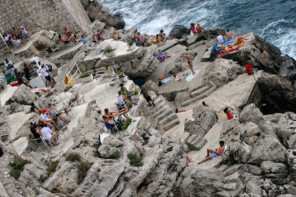
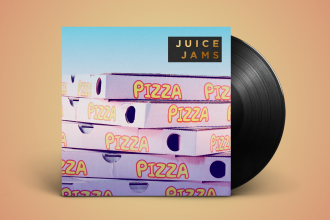
I once tried a “Grand Tokaji” a few years ago and it was in a peachy-orange color that scared me! But it was delicious!